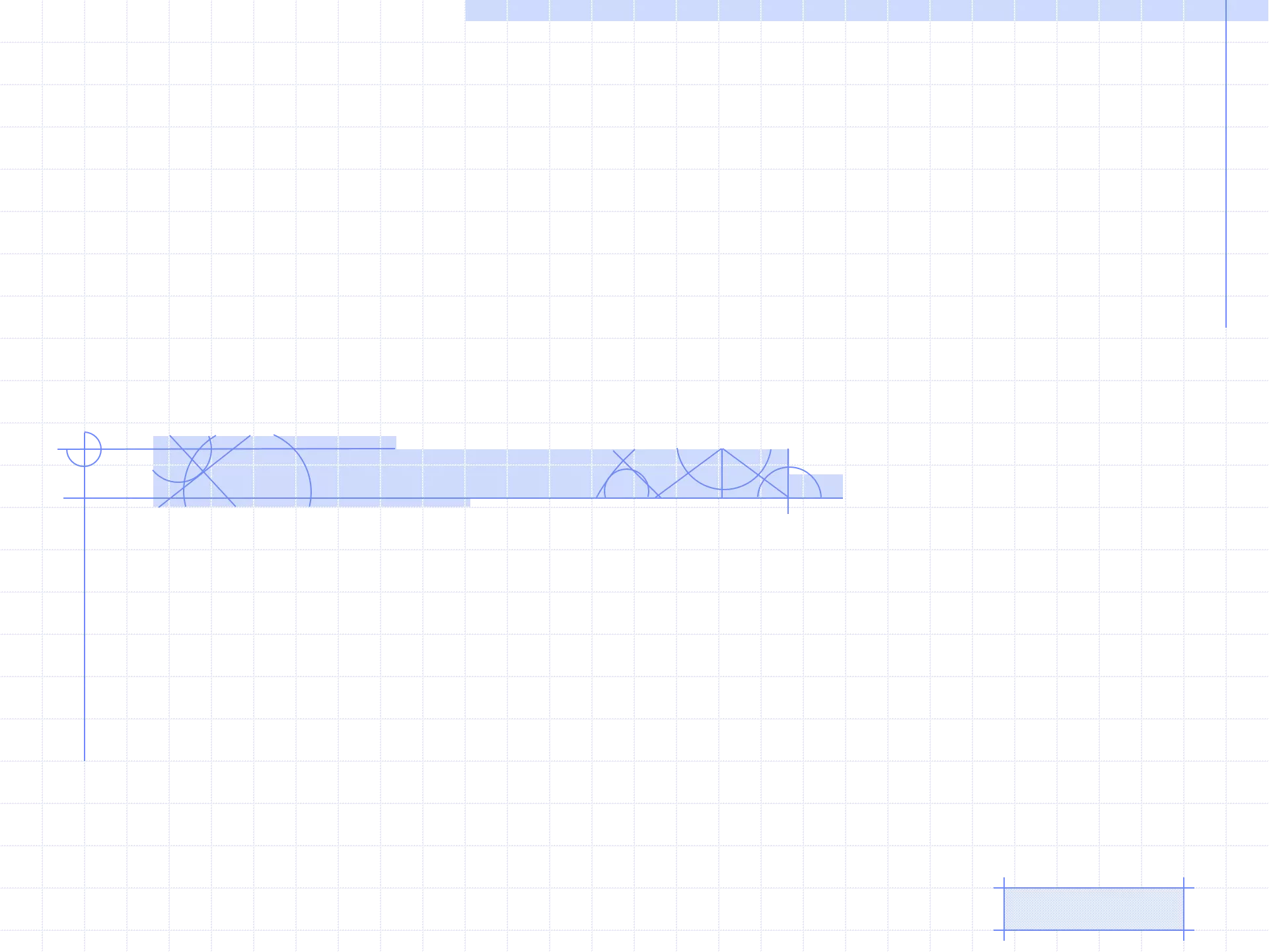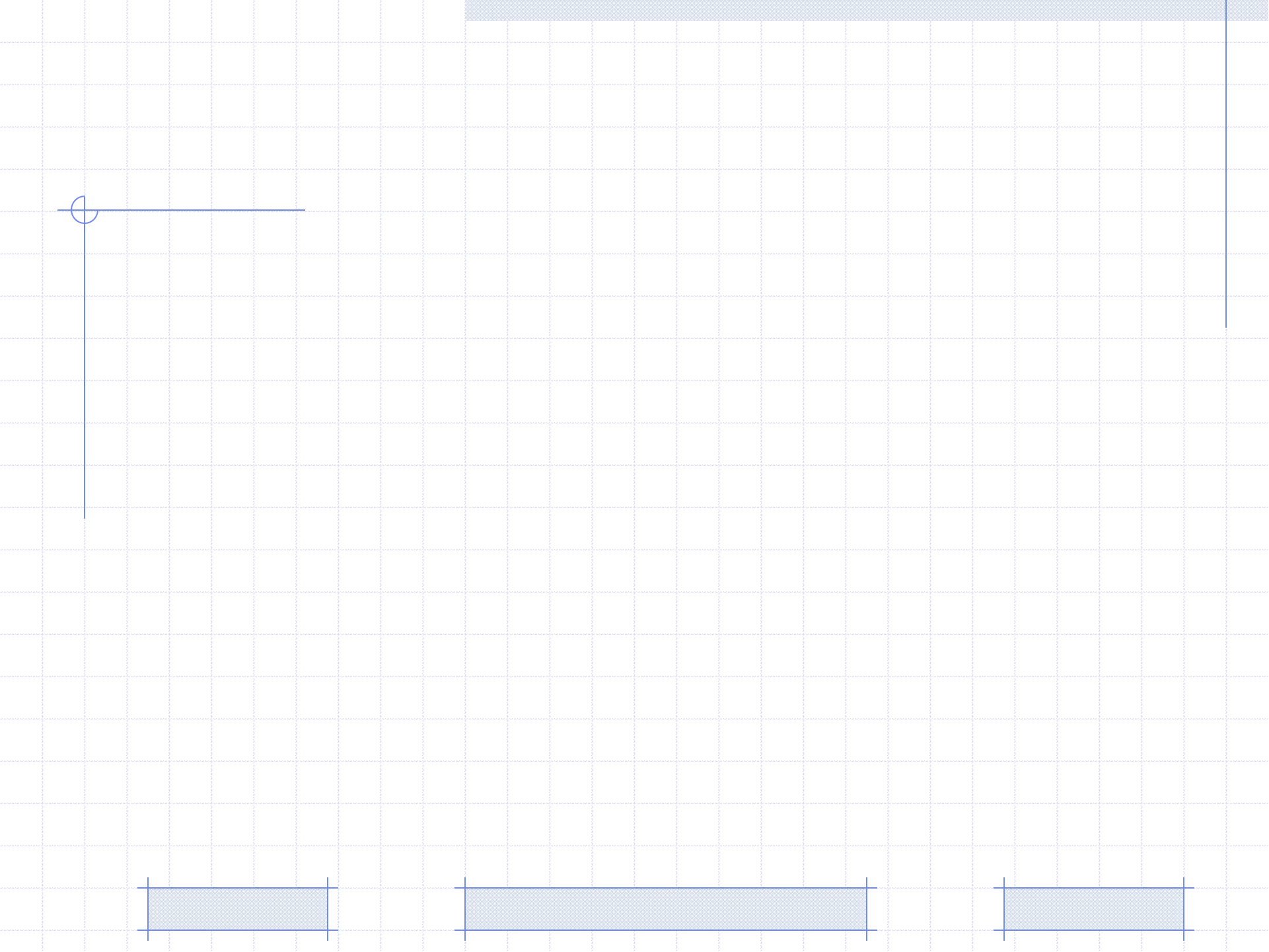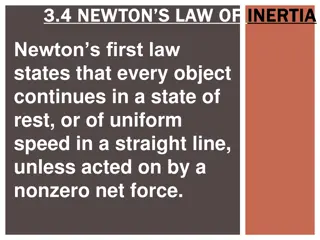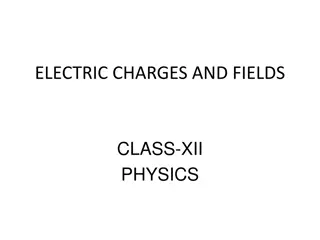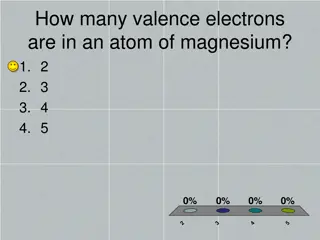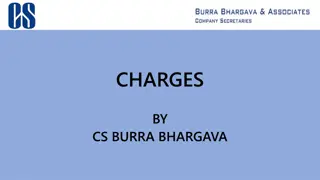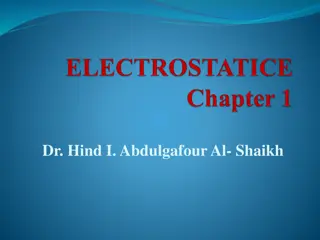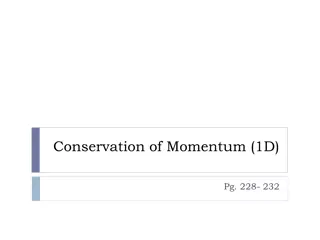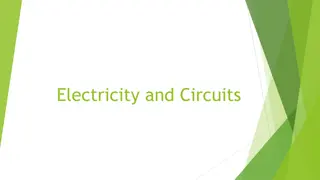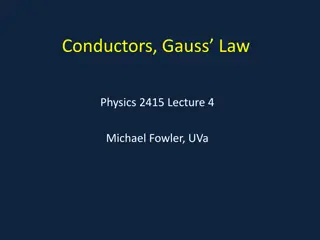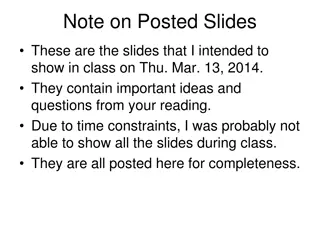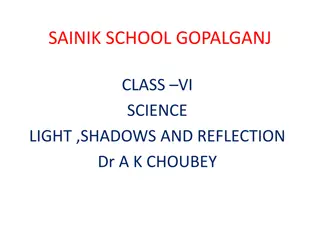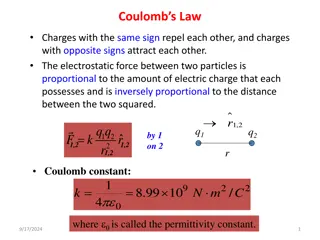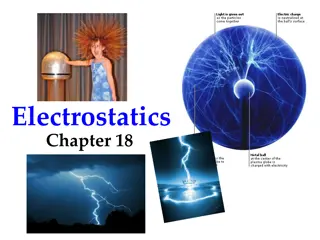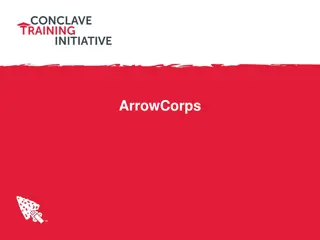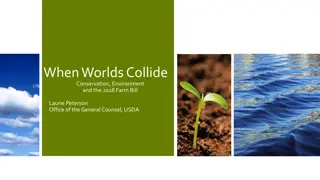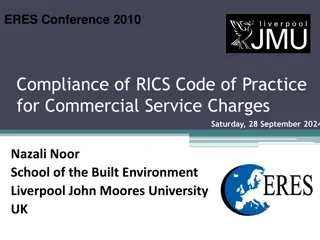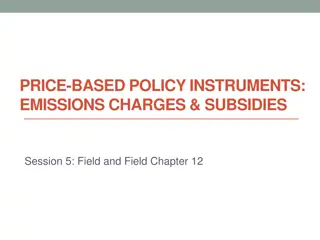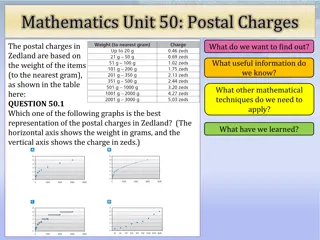Electrostatics: Charges, Objects, and Conservation Law
Electrostatics is the study of stationary electrical charges, where objects can be neutral, positively or negatively charged based on the balance of electrons. The charge of electrons and protons, elementary charge, examples of charge calculation, and the law of conservation of charge are key concepts in electrostatics.
Download Presentation

Please find below an Image/Link to download the presentation.
The content on the website is provided AS IS for your information and personal use only. It may not be sold, licensed, or shared on other websites without obtaining consent from the author. Download presentation by click this link. If you encounter any issues during the download, it is possible that the publisher has removed the file from their server.
E N D
Presentation Transcript
Electrostatics Electrostatics is the study of electrical charges at rest; i.e., charged objects that are stationary or in a fixed position.
Charged and Uncharged Objects Neutral Object: An object that has neither an excess nor a deficiency of electrons. # of electrons = # of protons Charged Object: An object with an excess or deficiency of electrons. + - + - Negative Positive - +
Positively and Negatively Charged Objects Why is the type of charge in reference to electrons and not protons. Because electrons exist outside the positive nucleus and can be readily transferred from one object to another. What happens if you start moving protons? You change the element.
Elementary Charge (e) / Fundamental Charge What is the charge of an electron? -1.6 x 10-19 Coulombs (C) What is the charge of a proton? +1.6 x 10-19 Coulombs (C) The magnitude of the charge of the electron is equal and opposite that of the proton. The unit of charge is the Coulomb (C). Note: In physics, the charge of an electron is NOT +1 or 1!
Example #1 An object has three excess electrons. What is its fundamental charge ? -3 fundamental (or elementary) charges What is its charge in coulombs? q = 3e x (-1.6 x 10-19 C/e) = -4.8 x 10-19 C fundamental charge = elementary charge (e) q is the variable letter used for CHARGE
Example #2 An object has 75 protons and 65 electrons What is its fundamental charge ? +10 fundamental charges What is its charge in coulombs? q = 10e x (+1.6 x 10-19 C/e) = +1.6 x 10-18 C Note: You CANNOT have fractions of the elementary charge, e.g. of e or 0.8 x 10-19C
Law of Conservation of Charge The total amount of charge in a closed system remains constant charge is not created or destroyed, it only moves from one object to another Charge moves as a result of ELECTRONmovement ONLY!!!
Rubber and Wool/Glass and Silk Rubbing a rubber rod with a piece of wool: The rod will pull the electrons off the wool, so that the rubber rod will end up with a net negative charge and the wool will have a net positive charge. Rubbing a glass rod with a piece of silk: The silk will pull the electrons off the glass, so that the glass rod will end up with a net positive charge and the silk will have a net negative charge.
Conductors and Insulators Conductors: Materials that allow for the free flow of electrons. The best conductors come from the transitional elements of the periodic table. The characteristics of the d orbitals permit electrons to flow freely because at least one electron is not held tightly by the nucleus. Insulators: Materials that do not allow electrons to flow freely.
Forces of Attraction and Repulsion In nature there are three principal forces gravity, electromagnetic and nuclear (strong & weak). Attractive Forces: Opposite charges attract one another. A positively charged object will be attracted to a negatively charged object and vice versa. Repulsive Forces: Like charges repel. Two positively charged objects or two negatively charged objects in proximity to one another will experience a repulsive force. Two Neutral Spheres
How do Objects Become Charged? Conduction: Through direct contact. Friction: Separation of Charge. Induction: Without direct contact.
Charge by Conduction Electrons flow from a charged object to an uncharged object through contact.
Charge Distribution on Conductors and Insulators Conductors: Excess charges will maximize the space between them, which means that they will reside on the surface of the object with a uniform distribution. Insulators: Excess charges will be located largely where they were transferred to the material.
Ex. #3 Charge Distribution One of these isolated charged spheres is copper and the other is rubber. The diagram below depicts the distribution of - charge over the surface of two spheres. Which one is rubber and which one is copper? Copper Rubber
Example #4 Two charge spheres are brought into contact with one another and then separated. One of the spheres has a charge of -5 C while the other has a charge of +8 C prior to them being brought into contact with one another. What is the total charge of the system? What is the charge on each of the spheres afterwards? How many elementary charges would have to be added or subtracted from each sphere to make them neutral? + + _ _ _ _ + + _ + _ + + + + + _ _ _ _ + + + + + _ + + + _ _ + _ + + _ +
Example 4, cont.: Applying the law of conservation of charge, the total charge of the system of charges must remain constant. +8 C + -5 C = 3 C Since there are only two spheres, the charge will be equally distributed over the surface of the two spheres. Consequently, each sphere will have +1.5 C of charge. +++ + + + + + _ _ _ + + + + _ _ + _ _ _ _ _ _ _ + + + + + + +++ + + + _ _ _ + + ++ ++ + + + _ _ _ ++ _ + _ ++ + ___ + + _ _ +_ ___ + + _ _ _ _ _ + _ + + + +_ + + + + + + + + + _ _ + _ ++ ++ ++ ++ + _ _ _ _ + _ + _ _ + +
Example 3, cont.: There are two ways of finding the number of elementary charges that would have to be added or subtracted from each sphere. 5 . 1 q C = = = 18 # of elem. charges . 9 38 10 19 C 6 . 1 10 / elem. charge e or = 5 . 1 = . 6 = 18 18 # of elem. charges # of charges / 25 10 elem. charges / . 9 38 10 q Coulomb C C
Separation of Charge When two neutral bodies are rubbed together, they can become charged through friction. As per Conservation of Charge, one body will become positively charged while the other body will become negatively charged. Electrons will be pulled from one object and deposited on the other. When a charged body is brought in close proximity to one that is neutral, the neutral one will develop an imbalance in charge distribution. - + - + - + + - + - + + - - - - - - - - - - - + - +
Charge by Induction Electrons flow from one sphere to the other due to separation of charge.
Charge by Induction of an Electroscope
Key Ideas Objects become charged by losing or gaining electrons. Negatively charged objects have an excess of electrons. Positively charged objects have a deficiency of electrons. Like charges repel. Unlike charges attract. Conductors allow electrons to flow freely. Insulators do not allow electrons to flow easily. Separation of charge occurs when objects become charged or when a charged object is brought in local proximity to an uncharged (neutral) object.
Key Ideas Charge by conduction results when charge is transferred through contact. Charge by induction occurs when a charged object is place in local proximity to a neutral object causing a separation of charge.
Separation of Charge and Lightning Lightning Lightning Lightning Lightning
Forces of Attraction and Repulsion In nature there are three principal forces gravity, electromagnetic and nuclear (strong & weak). Electromagnetic: Attractive Forces: Opposite charges attract one another. A positively charged object will be attracted to a negatively charged object and vice versa. Repulsive Forces: Like charges repel. Two positively charged objects or two negatively charged objects in proximity to one another will experience a repulsive force. +
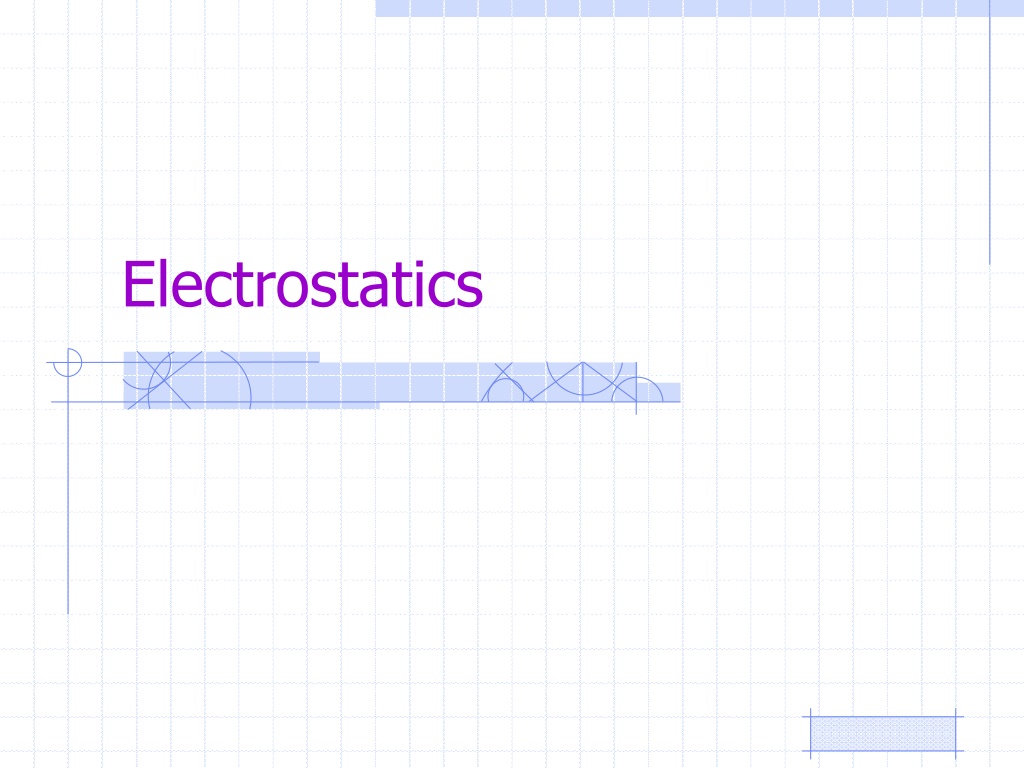
 undefined
undefined